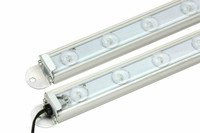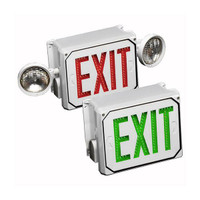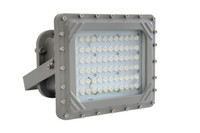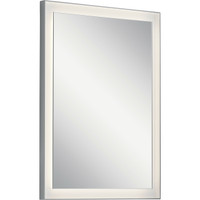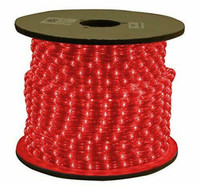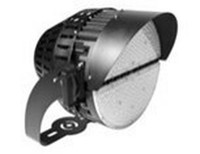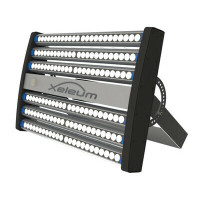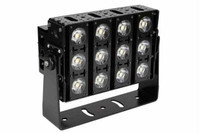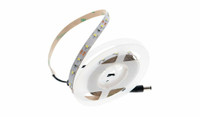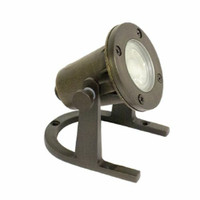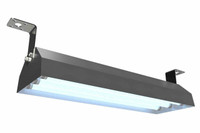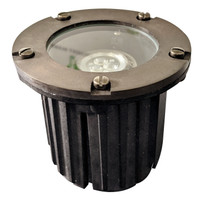-

-
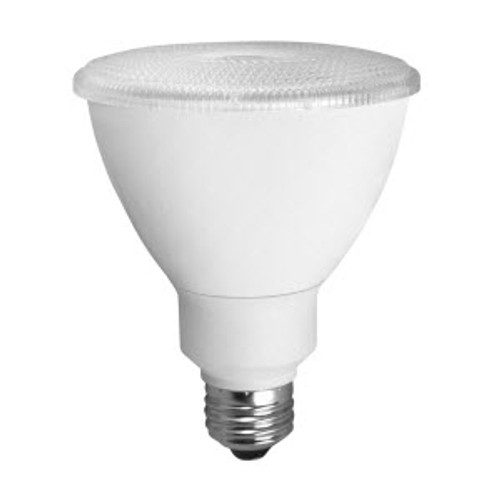
-
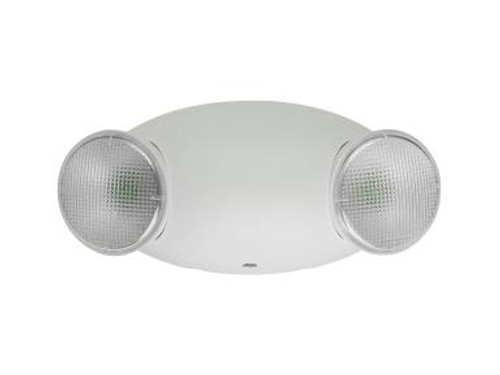
-
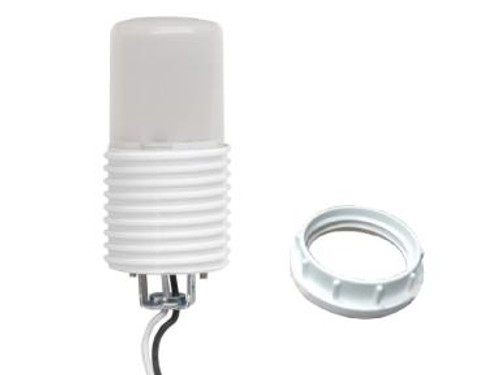
-

-
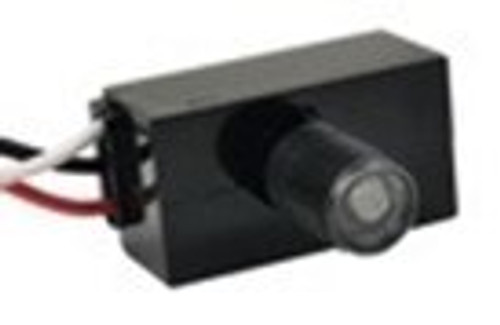
-

-

-

-
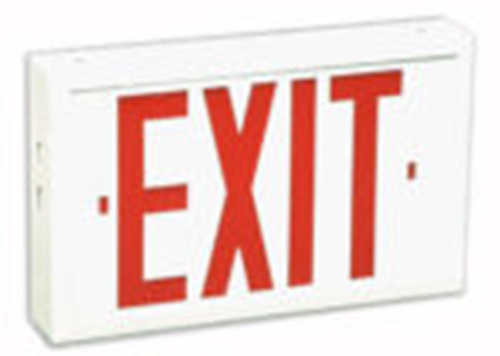
Commercial Grade Steel Exit Signage XFL2RWWU Standard Steel Exit Sign, AC Only, Red Letters, Universal Stencil | XFL2RWWU | BIGBEAM
Big Beam Emergency Lighting
$68.36 -

-

Halco Lighting Technologies EV-EXE-RD Evade Exit Red Lettering
Halco Lighting Technologies
Emergency Lights Distributor
What is an Emergency Light?
An emergency light is a battery-backed lighting device that switches on automatically when a building experiences a power outage. Emergency lights are standard in new commercial and high occupancy residential buildings, such as college dormitories, apartments, and hotels. Most building codes require that they be installed in older buildings as well. Incandescent light bulbs were originally used in emergency lights, before fluorescent lights and later light-emitting diodes (LEDs) superseded them in the 21st century.
What is Emergency Lighting?
Emergency lighting is lighting for an emergency situation when the main power supply is cut and normal electrical illumination fails. The loss of mains electricity could be the result of a fire or a power cut. Without emergency lighting this could lead to sudden darkness and possible danger to occupants, either through physical danger or panic.
Emergency lighting is normally required to operate fully automatically and give illumination of a sufficiently high level to enable all occupants to evacuate the premises safely. Most new buildings have emergency lighting installed during construction; the design and type of equipment being specified by the architect in accordance with current Building Regulations and any local authority requirements.
The British Standard provides the emergency lighting designer with clear guidelines to work to. BS 5266-1 relates not only to hotels, clubs, hospitals, nursing homes, schools and colleges, licensed premises, offices, museums, shops but also multi-storey dwellings. Although the standard recommends the types and backup durations for each category of premises, it should be remembered that standards define a minimum requirement and that a higher specification may be required for a particular application.
In sum, emergency lighting is the type of lighting that automatically comes on when the power supply to the normal lighting provision fails.
Emergency lighting is a general term and is sub-divided into emergency escape lighting and standby lighting.
Emergency escape lighting – that part of an emergency lighting system that provides illumination for the safety of people leaving a location or attempting to terminate a potentially dangerous process beforehand. It is part of the fire safety provision of a building and a requirement of The Regulatory Reform (Fire Safety) Order 2005.
Standby lighting– that part of an emergency lighting system provided to enable normal activities to continue substantially unchanged. This guide does not include standby lighting as it is not a legal requirement and is a facility that may or may not be needed, depending on the use and occupancy of the premises.
Emergency escape lighting is itself sub-divided into escape route lighting, open area lighting and high risk task area lighting.
Escape route lighting – identifies the escape route and keeps it sufficiently lit. This includes illuminated fire exit signs but also emergency lighting such as emergency lighting bulkheads.
Tape Lights
What is an LED Tape Light?
LED tape is also commonly referred to as LED strips, LED strip lighting, or LED ribbon lighting. It is a thin, flexible, low profile, narrow strip of circuit board embedded with light emitting diodes (LED’s). KLUS’s premium quality LED strips have earned the UL certification for US and Canada, which means each product or group of products have been independently tested and have met the required product safety standards for North America.
How To Choose The Right LED Strip Light?
Light strips are available with different stats, ratings, sizes and specifications, depending on the purpose or use of the light.
Here are some of the specifications you might see on LED products, with an explanation
- Color Temp – LED color temperature refers to the warmth or coolness of the light. It comes from the color of heated metal at different temperatures degrees in Kelvin. Colors range from warm soft orange and yellows to very bright cooler white to blue colors.
- 2700K to 3000K range, is the color of a standard incandescent light bulb. Perfect for most general indoor lighting applications.
- 3500K to 4100K, is more of a neutral white, that is often used for office or work spaces.
- 5000K to 6500K is a cool, crisp high intense white to blue light that is great for security, garages, or for commercial applications.
- Watts Per Meter / Foot – Wattage on LED tape is measured per meter or per foot.
- Number Of LED’s Per Meter / Foot – The more LED’s per meter or foot, the brighter the light strip will be.
- Lumens Per Meter / Foot – A lumen is a measurement of visible light output. For reference, a 60w incandescent bulb produces about 800 lumens.
- CRI Rating – CRI stands for Color Rendering Index. It is the measurement of how colors look under a light source when compared with sunlight. The index is measured from 0-100. A light source with a 90+ CRI score will show colors almost exactly the same as they would look with natural sunlight.
- LED Chip Type – The different chip number are really the same LED, just different sizes.
- Beam Angle – The angle of the beam indicates the size of the area covered in light.
- Input Voltage – LEDs are designed to run on low voltage (12-24V), direct current electricity.
- IP Rating – IP ratings indicate the level of environmental protection that the LED’s outer casing provides. The first number specifies protection against solid objects, and the second number specifies protection against water elements. For example, an IP67 rating indicates that the light is protected against dust(6) and temporary immersion in water(7).

